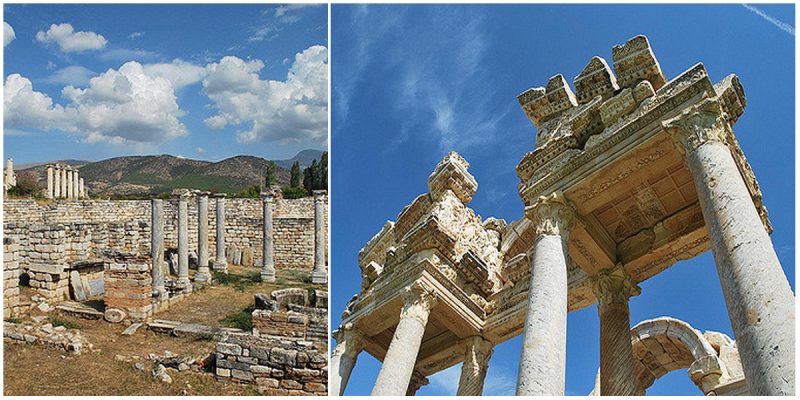Aphrodisias, the City of Aphrodite, was a small ancient Greek city in the historic Caria cultural region of western Anatolia, Turkey.
It is one of the most important archaeological sites of the Greek and Roman periods in Turkey.
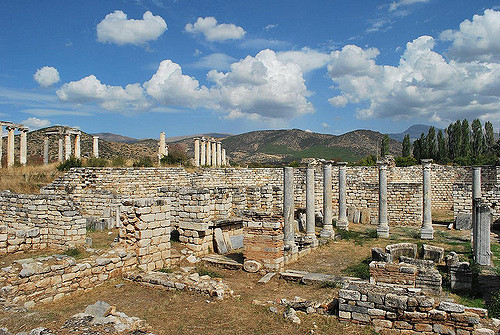
According to the Suda, a Byzantine encyclopedic compilation, before the city became known as Aphrodisias (3rd century BCE) it had three previous names: : Lelégōn Pólis, Megálē Pólis, and Ninóē.
By the 8th century BC, Aphrodisias was famous as the City of Aphrodite, and pilgrims came to pay homage to the Goddess of Love at her temple.
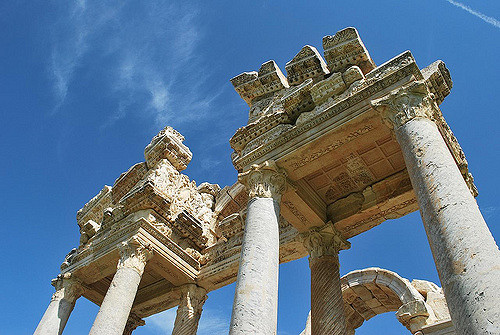
The city remained a pagan stronghold long after the local region.
During the Byzantine era, Aphrodisias, which was now called Stravopolis, became the seat of the metropolitan bishop of Caira and the Temple of Aphrodite was turned into a Christian basilica.
It was a major undertaking, unique among all temple-to-church conversions.
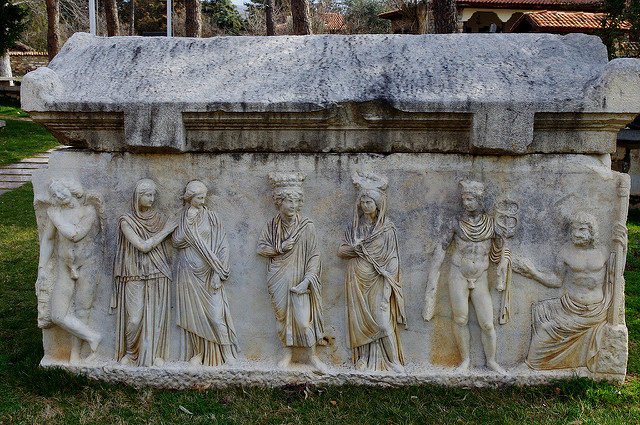
The basilica stood there for centuries until it was destroyed, possibly in the Seljuk raids of the late 12th century.
The city faded into obscurity and today is part of the Turkish village of Geyre.
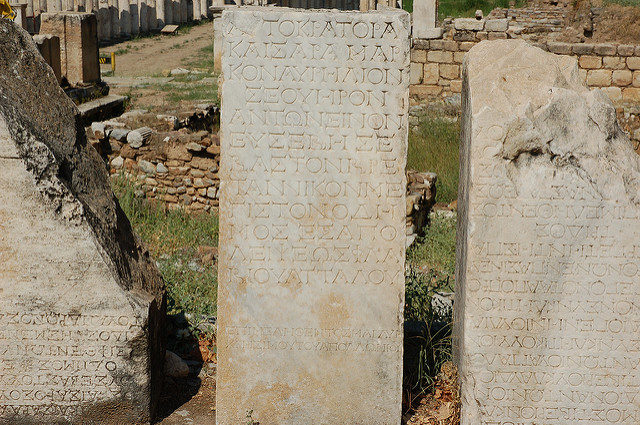
The first systematic excavations at the site were begun in 1961 under the aegis of New York University and yielded many remains of the city’s central monuments.
In addition to the Temple of Aphrodite, major areas of investigation included the Bouleuterion or Council House, and the Sebasteion.
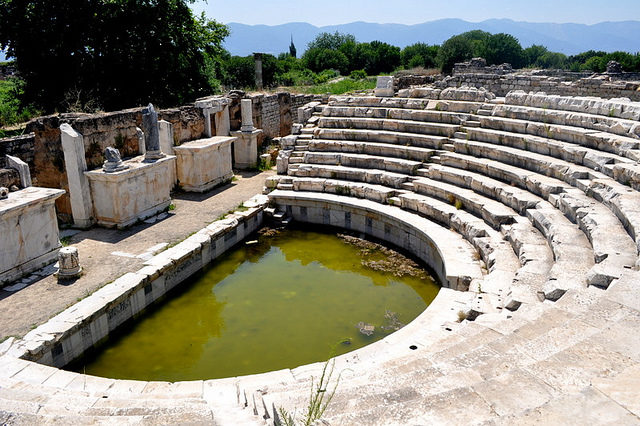
The Sebasteion is one of the most remarkable discoveries of Roman archaeology, it was a religious sanctuary dedicated to Aphrodite.
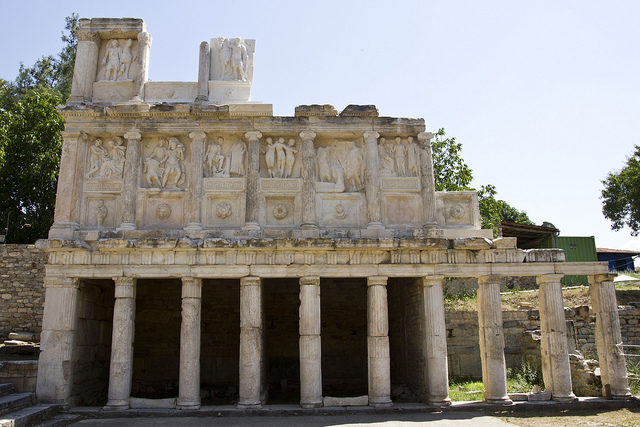
The city is well-known for its fine sculptures. It became a cultural and artistic hub known for its exquisite marble sculptures made from quarries of beautiful white and blue-gray marble that lay about a mile east of the city. Sculptures produced in Aphrodisias were exported as far as North Africa and Rome.
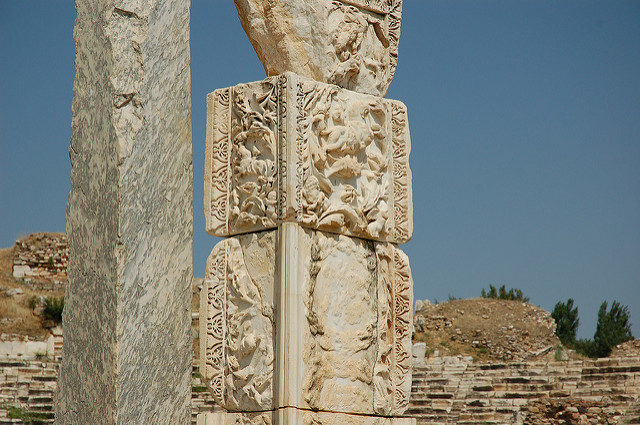
The site is an earthquake zone and has suffered a great deal of damage at various times, especially in severe tremors of the 4th and 7th centuries.
The city never fully recovered from the 7th century earthquake and fell into disrepair. Part of the town was covered by the modern village of Geyre. Some of the cottages were removed in the 20th century to reveal the older city. A new Geyre has been built a short distance away.
